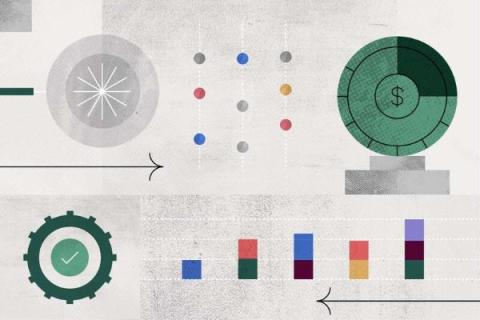How to find alignment on AI
AI’s starring role in workplace transformation is now undeniable. CEOs everywhere are asking senior leaders to create strategies for maximum AI impact, while frontline managers and their teams must navigate rolling out this new reality. AI feels like an imperative within all corners of the org chart. Eager to dig deeper, we turned to the latest research from Asana’s Work Innovation Lab, a think tank developing human-centered, cutting-edge research to help businesses evolve.











